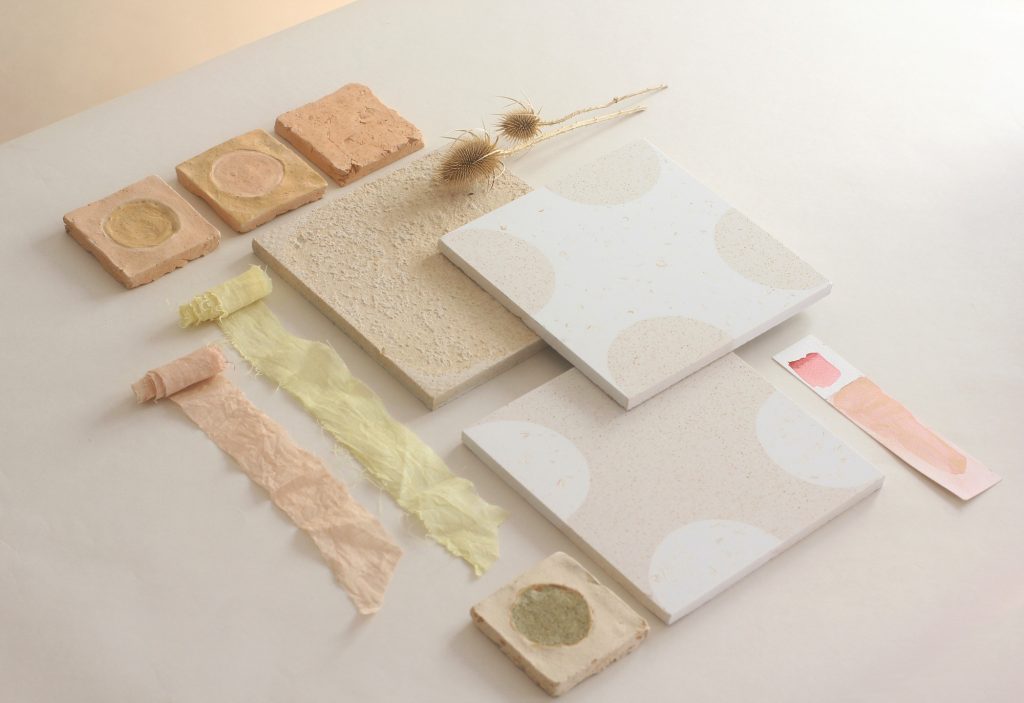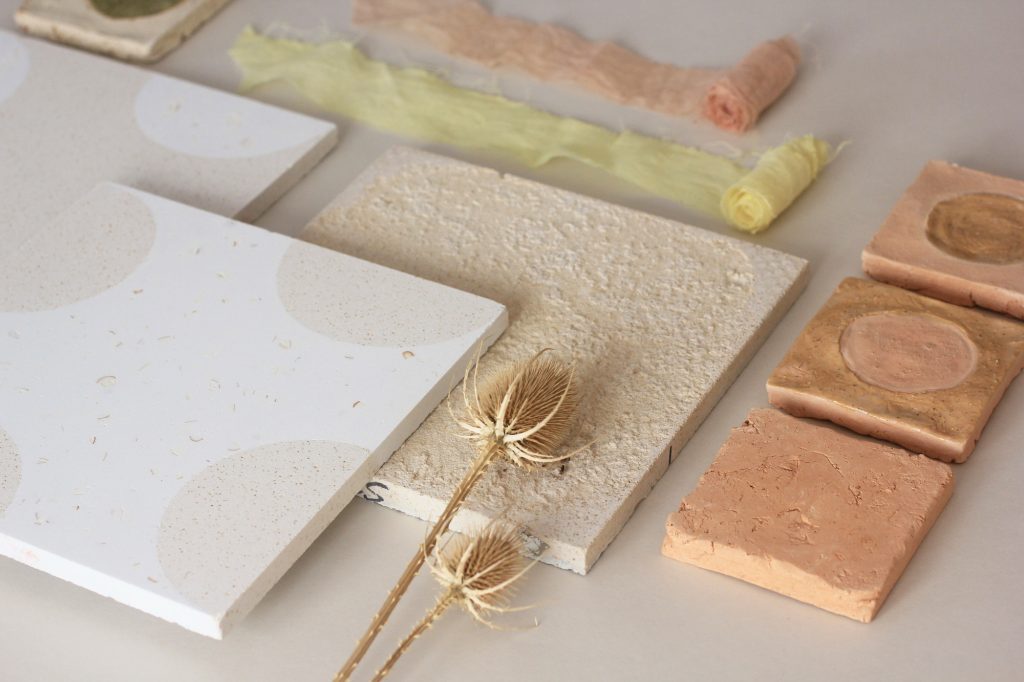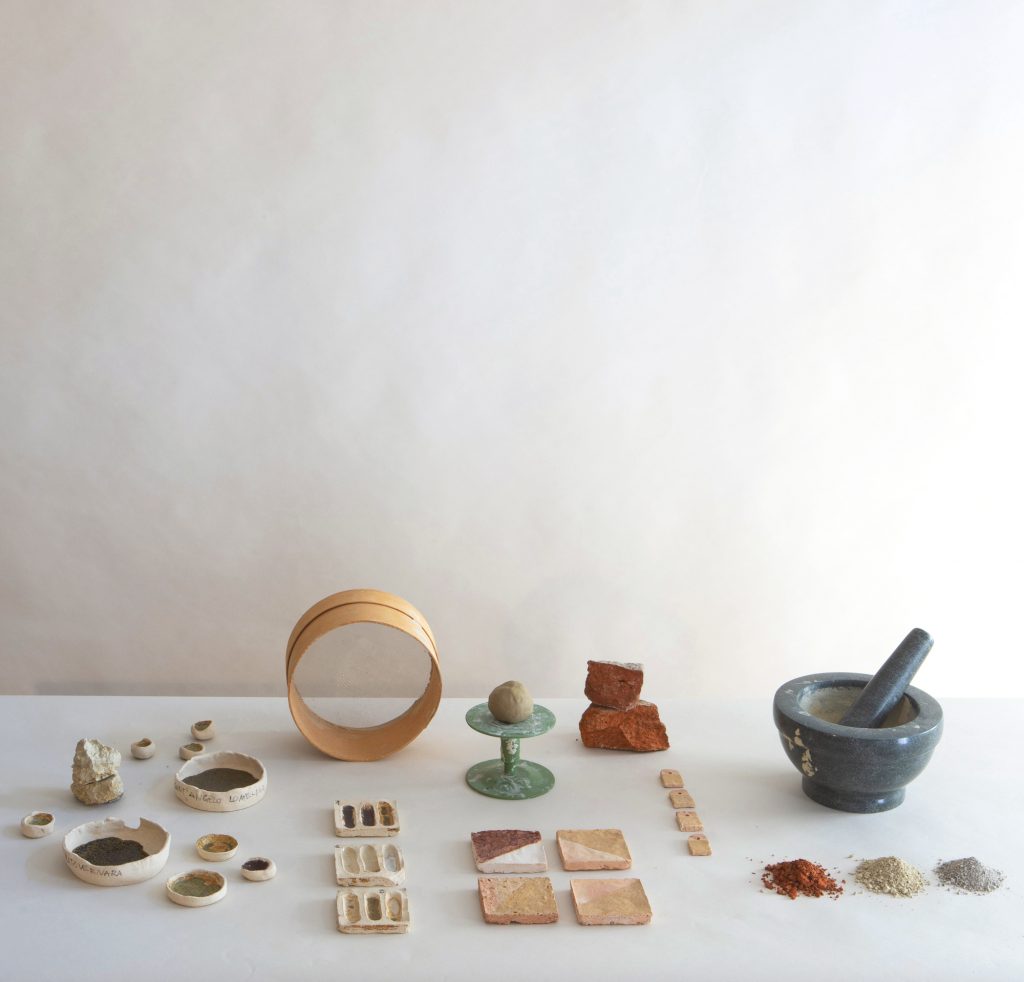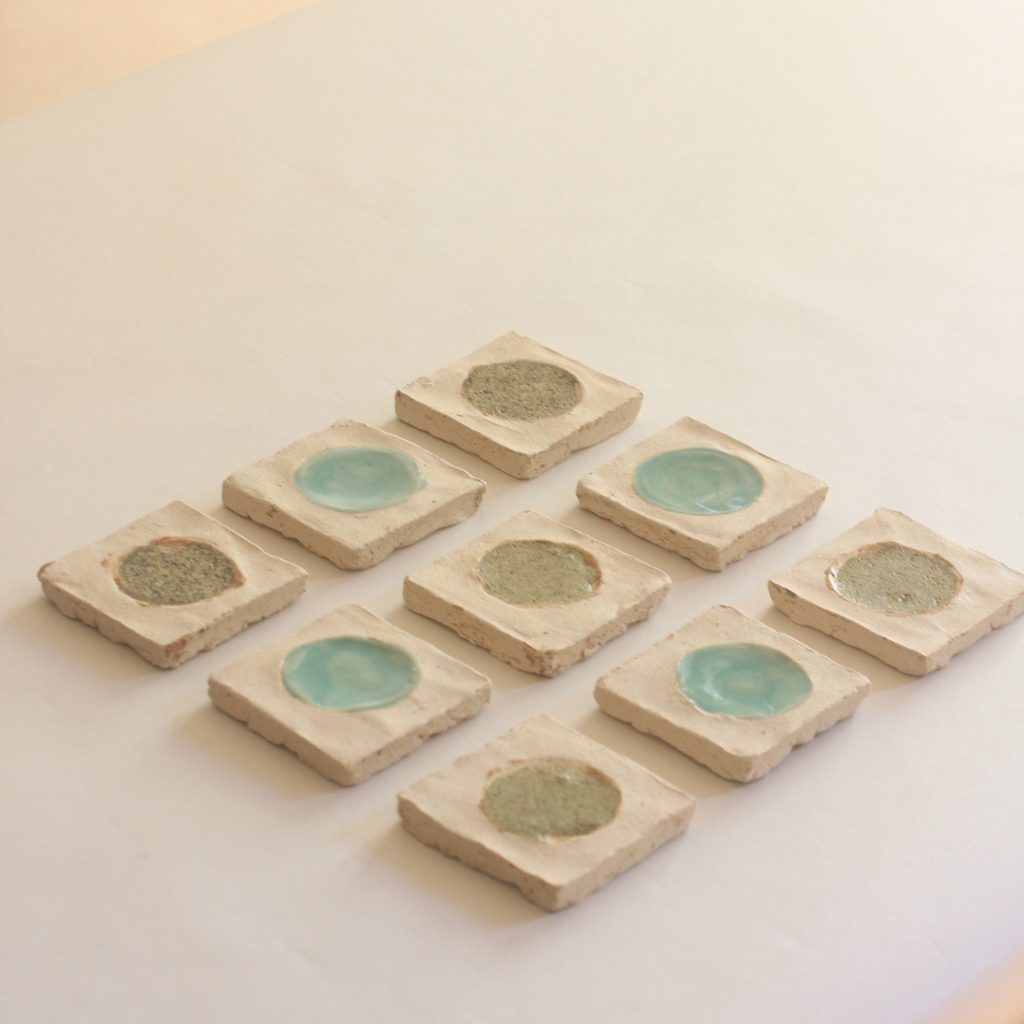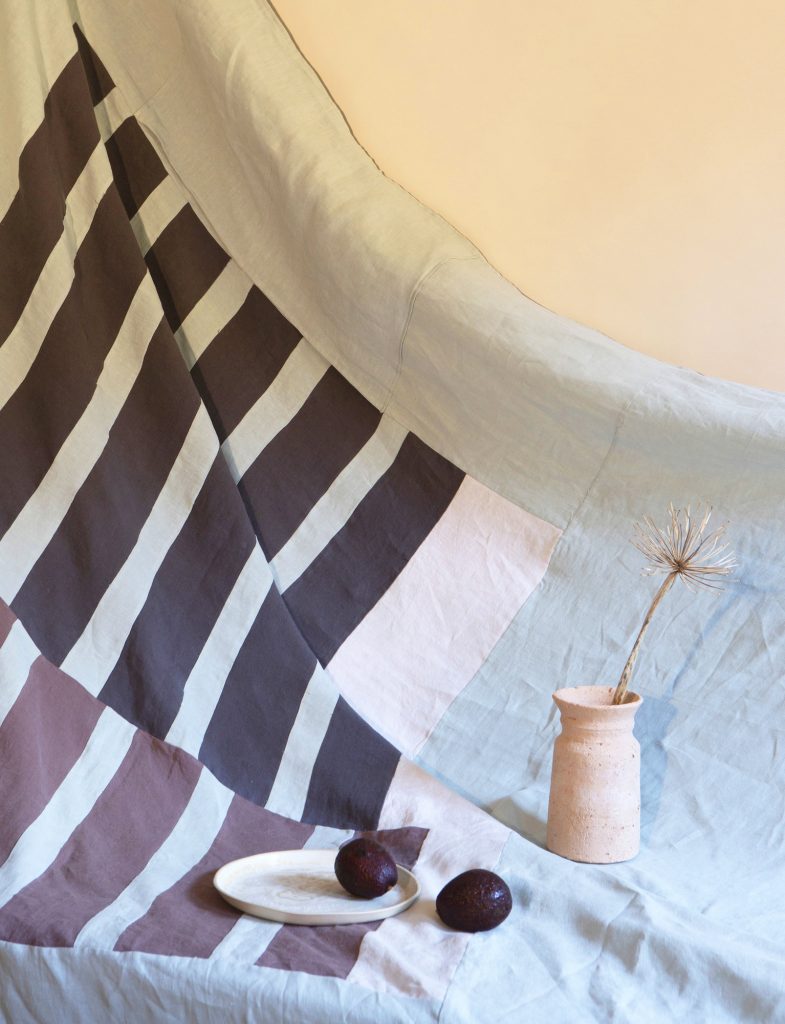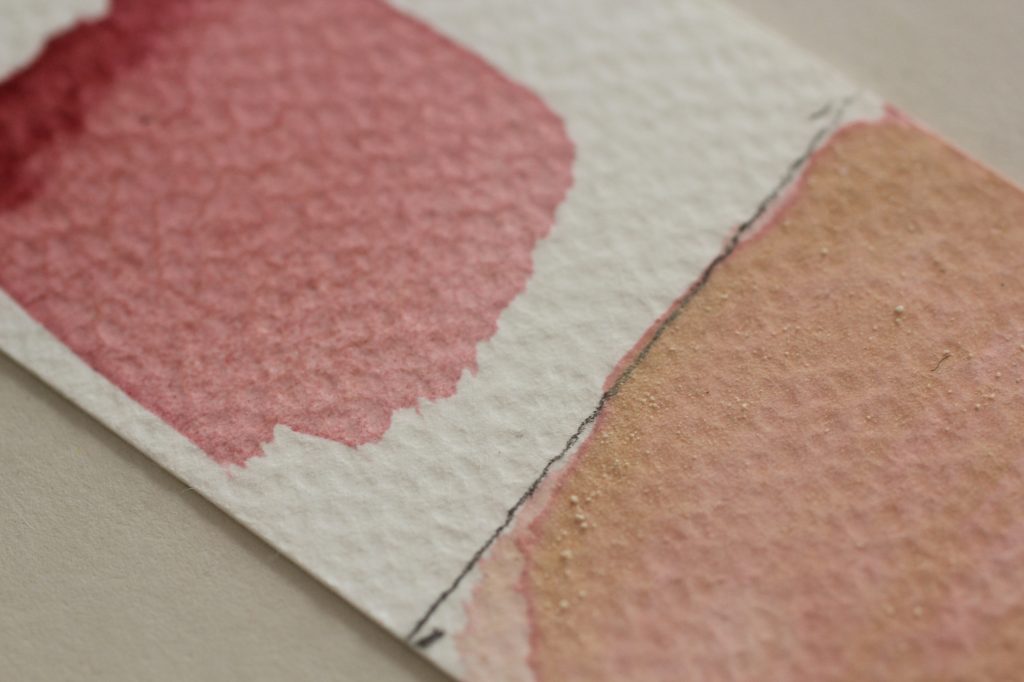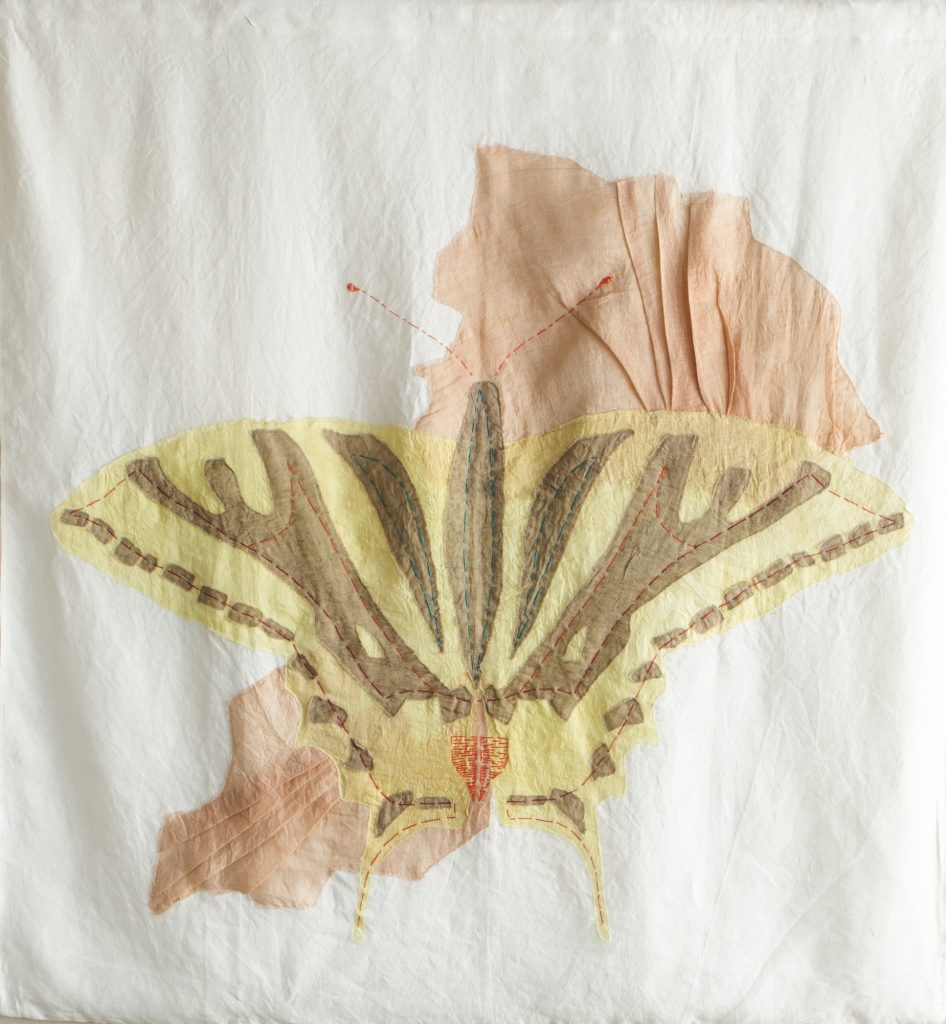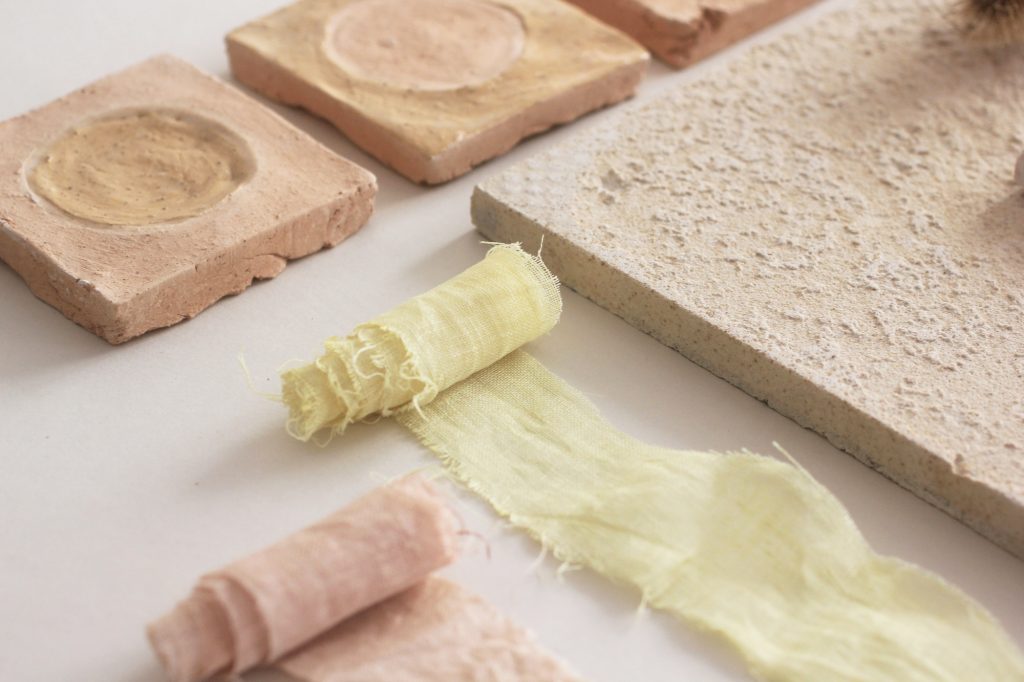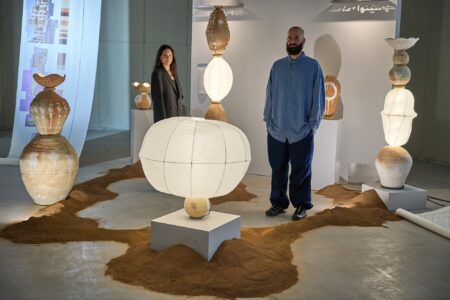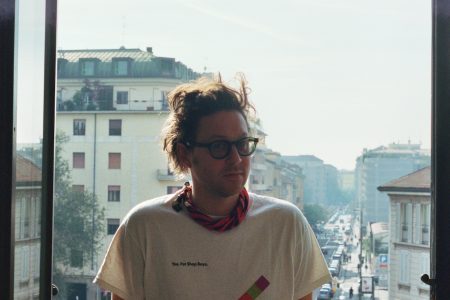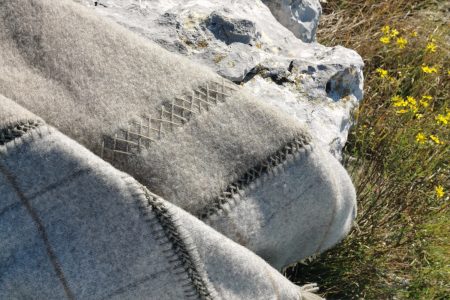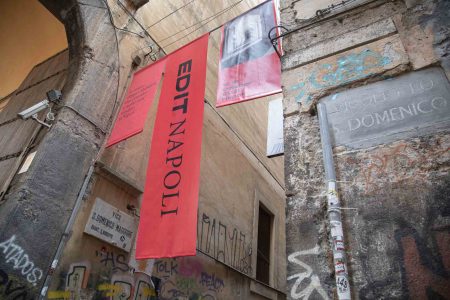
Monoferment: Simply Circular
TLmag spoke with Elisa Evaso and Luca Guglieri, founders of the Milan-based interior architecture and design firm Monostudio. In 2020 they launched a new initiative, Monoferments, that looks at how to develop circular design in interiors.
TLmag spoke with Elisa Evaso of Monostudio, the Milan-based interior architecture and design firm she founded in 2005 along with her husband Luca Guglieri. With a focus on wellbeing and human-centred design, the pair launched a new research-led project called Monoferments, in 2020, that looks at how to generate and use circular design in interiors. With Monoferments, the pair collaborates with local non-profits to acquire food waste and debris which can be transformed into handmade tiles, surfaces and finishes. They recently presented their latest research and prototypes at Edit Napoli.
TLmag: Would you talk briefly about your background in design and architecture and how it led you both to launch Monostudio?
Elisa Evaso: One of my grandfather’s was a painter and the other was a builder, and my father, who was an engineer, took me to visit building sites since I was a little child. This early introduction to architecture and design intrigued me to want to have a creative job and so I became an architect. Nearly twenty years ago, I opened an interior design firm in Milan with my husband Luca. Sharing a life and a business together gives us the chance to question ourselves about our values and dreams for the future of our design work and lifestyle, and what kind of example we want to be for our twin children Mario and Wanda.
Our vision for interior design is focused on human beings and the spaces that surround them. In this way, the purpose of our design, from the early stages of a project, is the wellbeing of the final user. This is reflected in the choice of materials, movement, shapes and colours.
The idea of focusing our work on wellbeing and the growing urgency to change the way we work towards a more circular and sustainable practice led us to start the Monoferments project in 2020.
TLmag: Tell us a about Monoferments, which you have also described as an innovation hub, using waste materials and biophilic materials to create tiles and interior finishes.
E.E.: Two years ago, we started researching circular products that were available on the Italian market for interior design and we realized they were few choices and fewer with an aesthetic interest. At the same time, as we love playing with natural materials in our projects, we started brainstorming about all the valuable materials wasted per-consumer, materials lost for different reasons by material producers. Then, during pandemic lockdowns, we all missed so much to be in contact with the beauty of natural environments. As interior designers we questioned ourselves on how we could try to bring more natural and biophilic materials inside buildings without depriving future generations from raw elements like wood and marble. The answer was a circular approach in design of the finishes. Another important issue for us is using our knowledge to be more sustainable, and what could bring us more joy in doing that?
TLmag: How long was the process to create the first tiles? What were the first waste materials you used?
E.E.: The beginning of this adventure started with something very simple but meaningful – knocking on the doors of nearby shops and restaurants asking for biophilic waste materials, such as seafood shells from a Mediterranean restaurant, eggshells used in making handmade pasta, and coffee grounds form our favourite café. We were literally begging for waste. The result of the experimentation phase was the creation of a prototype palette called semplicemente circolare (“simply circular”).
The prototype phase with these first materials took over eight months. During this time, we collaboratively experimented with the production using different percentages of marble, coffee, eggshells, and using cement as binder. We did many rounds of pressing and curing in moulds until the ideal mixture and desired aesthetic were achieved.
TLmag: Were there a couple of waste or biophilic materials which surprised you in terms of their colour or results?
E.E.: Coffee grounds and eggshells were the most surprising as they interacted both artistically and chemically with the upcycled marble and infused a tactile sense of poetic storytelling into the tiles. Coffee grounds give pigment to the mixture and, thanks to their acidic nature, create an elegant texture of gaps and furrows. Roughly crushed eggshells gave imperfect surfaces and mottled tones, which is the power of their aesthetic. This innovative fusion of by-products presents an evocative and imperfect composition, reflecting the inspiration from biophilia, nature and life. To imagine an interior of a home realised with this materiality elicits an immediate connection to our senses.
TLmag: Community and collaboration are an essential part of Monoferments?
E.E.: Prioritizing human needs and wellbeing in a wider sense convinced us that we should add a social value and impact to our material research. This led us to collaborate with local non-profit organisations such as Food for Soul and Molce Atelier, and to work with them on our upcycling creative plan.
TLmag: Are the tiles currently being used in a restaurant or home?
E.E.: We are still working to scale the production of the tiles, both with industries and artisans, to reach a larger scale for a bigger impact, so we have not been able to use them on a project yet, but we hope to include them soon. We are working on two projects, one for a restaurant and one for a fashion brand which has a circular approach to their production, but we are at the very early stages. Every step is surprising and we are learning alongside our suppliers and clients about how to approach this new way of working.
TLmag: You participated in the 2022 edition of EDIT Napoli where you presented Semplicemente circolari, (Simply circular), tiles and linens designed for restaurants. Would you talk a bit about this presentation?
E.E.: The name of our innovation hub is inspired by the Noma Fermentation Laboratory, in which the well-known restaurant dedicated themselves to innovation and research, sharing the knowledge they acquired through their book. Thinking about a ripple effect of this approach, with a similar kind of goal in mind, we decided to participate in EDIT Napoli to share our research and vision, thinking that a circular revolution in the construction field is necessary and that it will be an ongoing process.
As our main job is focused on interior renovations, it was easy for us to imagine an ideal restaurant remodelled with flooring made from eggshells, coffee and marble, handmade tiles made with wild soil from the excavation of the building site, upcycled bricks and concrete made from demolitions, paint made with casein form expired milk as binder, vegetable peels like beet or onion as pigments.
In this way, we collaborated with Society Limonta, an Italian brand of household linens who use donated fabrics to create a line of upcycled textiles, further adding to this ideal ‘circular’ restaurant.
TLmag: You have mentioned the olfactory experience with the tiles as well?
E.E.: Playing with coffee grounds, aromatic sawdust and grape pomace from wine production waste for finishes and interior objects, we ended up experimenting with an olfactory experience to connect the interiors to the senses, which has an impact on wellbeing, positively affecting things like anxiety and stress. We are working on further materials and finishes with this kind of experience in mind.
www.monostudiomilano.com
@monostudioassociatimilano
@monoferments
All photos styled by Elisabetta Bongiorni
